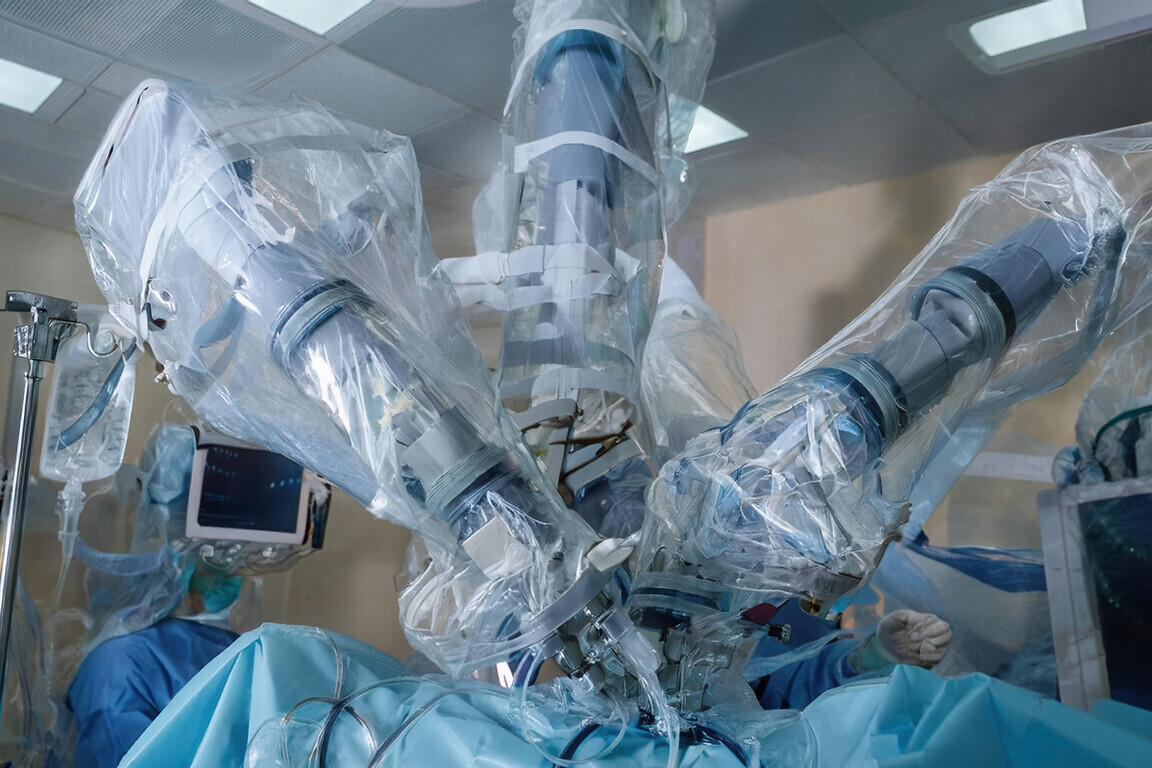Given the rapid rise in robot-assisted surgery, NICE has approved 11 robotic surgery systems as it evaluates their cost-effectiveness over the next three years.
The National Institute for Health and Care Excellence (NICE) has approved 11 robotic surgery systems which could transform care for thousands of NHS patients undergoing soft tissue and orthopaedic procedures.
The 11 systems can be used while further evidence is collected over the next three years demonstrating their cost-effectiveness for robot-assisted surgery, as part of the organisation’s Early Value Assessment process.
Five systems for soft tissue procedures – such as hernia repair, removal of tumours, and gallbladder removal – and six for orthopaedic surgery – such as full and partial knee replacement procedures and hip replacements – have received conditional approval. The use of robotic systems for prostatectomy, a surgical procedure to remove the prostate gland, either fully or partially, is outside the scope of these two pieces of guidance and already established practice in the NHS.
“The data gathered over the next three years will allow us to evaluate exactly how these technologies can improve patient care and help ensure NHS resources are directed toward interventions that deliver meaningful clinical benefits and long-term value to our health service,” said Anastasia Chalkidou, programme director of NICE’s healthtech programme.
Rise in robot-assisted surgery
The recommendations will allow a coordinated approach to the expansion of surgical technologies so that the NHS can maximise the benefits for patients. At the same time, evidence will be collected to help NICE validate these benefits to prove the technologies’ value and inform future implementation decisions.
Some robotic systems allow surgeons to perform procedures using mechanical arms controlled from a nearby console. Others are handheld. The surgical instruments attached to these arms can move with greater dexterity than the human hand, offering greater precision. They improve recovery times, reduce complications, and potentially increase access to these procedures.
The robot systems each cost between £500,000 and £1.5 million and are typically only found in specialist centres which perform hundreds of procedures every year.
In 2011/12, only 20% of robotic procedures were for conditions other than urological cancer. By 2023/24, this had grown to 49%, with significant expansion in colorectal surgery, which now accounts for 25% of all robotic procedures.
Orthopaedic robot-assisted surgery has seen the fastest rise, growing from approximately 300 procedures in 2018/19 to more than 4,000 last year.



